
Reaching new customers — while keeping the current ones
As an industry, we were blessed during the pandemic when our sales and profits exploded, thanks to both existing customers who were flush with cash and more leisure time, and an estimated 16+ million new customers who were looking to fill a void in their lives and chose plants and flowers to satisfy this need.
Then in 2022, we lost some of these customers, as folks had to deal with inflation and fears of recession, causing discretionary spending to take a hit. And based on retail reports for the fourth quarter of 2022 and the first quarter of 2023, the trend forecast for 2023 is for a continued inflation-driven discretionary spending pullback, and challenged profits due to the off-price sales and discounts required to capture the fleeting consumer spending. In 2023, more than ever, every customer counts — but some more than others!
Reaching New Customers
You know better than I do just how difficult it is to attract and engage a new customer to shop your garden center. The expense of advertising in multiple venues — the internet, cable or local TV, radio, newspapers, direct mail inserts, billboards — needed to reach potential customers wherever they may prefer and where there’s a possibility they may see or hear your message is huge. And then there’s the expense of dedicating (at least part time) someone to manage and respond to your social media contacts and the cost of discounts and sale price incentives to entice and encourage them to come through your front gates for the first time.
Marketing gurus who study consumer behavior and advertising effectiveness tell us that, to cut through the message clutter of all the advertising the consumer is exposed to on a daily basis, it takes between six and 12 times receiving a given message before a consumer even hears what you’re saying. And then it takes an additional eight to 10 times before that message becomes actionable by the consumer. So in a seasonal business like ours, it becomes even more challenging!
In many markets, the season is too short for the new consumers we’re trying to reach to hear your message before they can respond. And when extended rain and cool weather persist, the consumer tunes out your message, so you almost have to start over again to reach him or her when the weather forecast is more pleasant. I’m becoming a believer in the timing flexibility of social media; unlike print and traditional broadcast media, where the lead times are longer and you’re relatively locked in to pre-planned timing, social media allows you to deliver your messages when you see fit, and with almost no lead times.
Keeping New Customers
But it’s not just about the difficulty and challenges you face in attracting new customers; an even bigger problem is mitigating the customer churn of your existing customer base, as we experienced in 2022. The reality is that retail is a numbers game; you start off with a base of customers and some leave the fold for a number of reasons. Some may go down the street to Big Blue or Big Orange; some may leave gardening and floriculture altogether; others may just decrease their use of the products you sell. Unless you can replace these defectors with new customers, it becomes a zero-sum game for you, and there’s no mathematical way you can increase or sustain your business model.
From a profit standpoint, your existing customers are your lifeblood, and your No. 1 goal is to do whatever is needed to keep them happy. Trolling for new customers should provide future growth opportunities to develop, and build on, new potential. You’re familiar with the fact that it is six to 10 times more expensive to attract a new customer than it is to maintain a current customer. And these existing customers provide some significant benefits to you — they are less sensitive to price than new customers who are making their decision as to where to buy based primarily on price value, and they are more likely to become brand advocates for your business.
Yet too many of the owners and managers of locally owned garden centers I’ve spoken with have told me that they are putting a major emphasis on attracting new customers through their marketing and advertising efforts. When pressed to find out why they’ve chosen this path, they almost universally stated that their existing customer base was shrinking and they needed to replace their numbers with new customers.
I understand the math and understand the sense of urgency they have in taking this approach. But this begs the question of why they are losing their existing customers. The path they’re taking, focusing on attracting new customers, is going to put a serious hurt on their bottom lines based on the higher customer acquisition costs for new customers.
Happy Customers Are Return Customers
While trying to understand this dilemma, I came across a recent study conducted by Accenture, an international consulting group, that studied the same concerns I identified. Yes, the economy is still struggling and consumers are more price/value conscious in making their purchase decisions than pre-pandemic but, as I mentioned earlier, happy existing customers are less price sensitive and won’t jump ship for a few pennies, so there’s got to be something more significant that’s driving the existing customer churn.
Here are a few key findings from the Accenture study:
- Roughly half of surveyed consumers who stopped shopping at a given company did so because of poor service.
- More than half of those defecting customers said that they would have stayed loyal if they had been rewarded (or at least felt appreciated) for their loyalty.
- Nearly 70% would have stayed if a problem they had was resolved in one store contact transaction.
Another study of both retailers and their customers by RSR Research showed:
- 98% of retailers say that building relationships with their existing customers is key to success in today’s challenging economic times. Unfortunately, only 39% say they can confidently even identify who their best customers are!
- Fewer than 40% of shoppers report that retailers know enough about them to identify their needs and the products they like to make offers that might be relevant or, most telling, make offers based on what they actually buy — not what a retailer might want to sell.
Unfortunately, replacing these lost customers is commonly treated as an inescapable cost of doing business, a belief that is seriously detrimental to the bottom line. While you can’t control the impact that a sluggish economy and the weather have on your business, you do control the customer service and care, and the overall experience you provide to your customers.
Superior Customer Care
And there’s a positive side to providing great service, as noted in the recent American Express Customer Service Barometer Study:
- 66% of U.S. consumers would spend more if they expected better service, with that group willing to pay an average price premium of 13% to that end; and
- 75% of customers said that they had already spent more with a company in response to superior service provided. When people feel they have less time and money to spare, superior service has an increasing effect on deciding where they spend both.
It’s something that local garden center leaders can set a standard for, establish parameters for and practice. The key to superior customer care — a term I personally prefer to customer service because care denotes nurturing and satisfying the customer experience at every touch point — is to empower every employee to do what it takes to take care of each customer without a lot of structure and policy and procedure. Giving up power by empowering others is a hurdle for some leaders who equate leadership with being on top of and actively involved in every decision, but, as one of my mentors once told me, “I never had so much power until I started giving it away.”
You’ll always have some churn of existing customers, but your challenge is to minimize it by controlling the controllables; remember that they are, beyond a doubt, your most valuable customers, especially if you view them in context of customer lifetime value. And you’ll always need new customers to expand your base and continue to build growth opportunities. Just make sure you strike the right balance.
As the old adage so aptly states, “A bird in hand is worth two in the bush.”
For an enhanced reading experience, view this article in our digital edition.



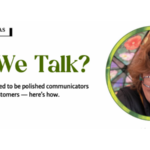


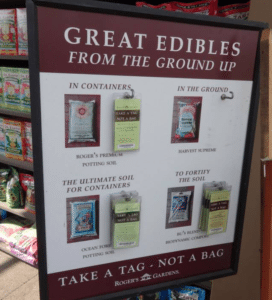
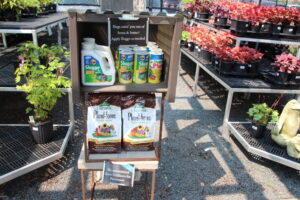
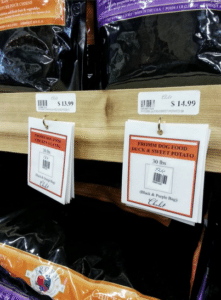



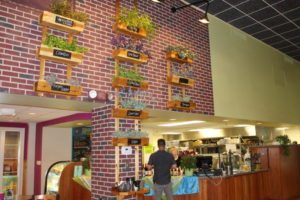



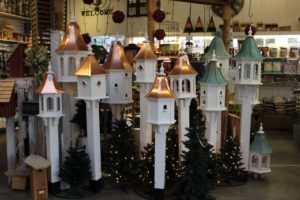

 Videos
Videos





